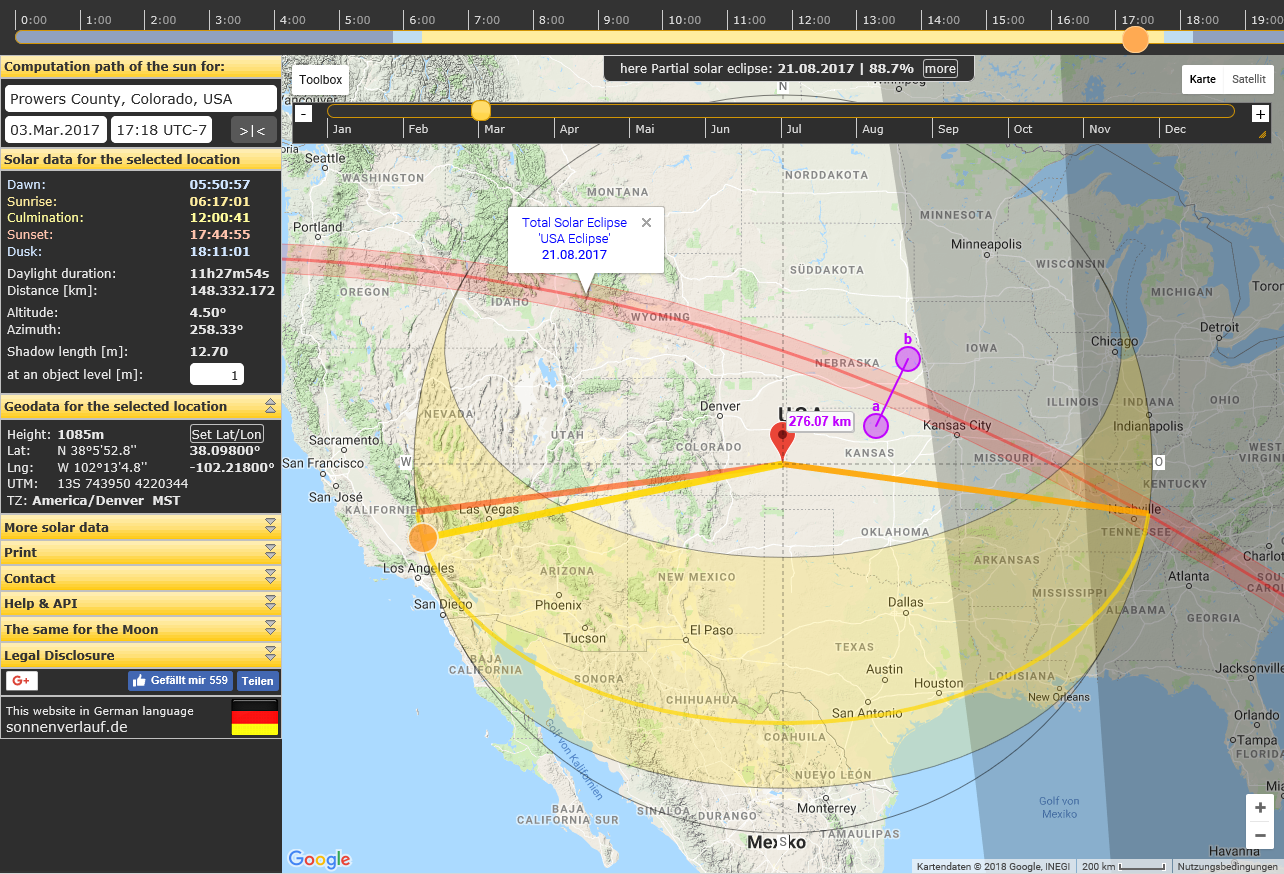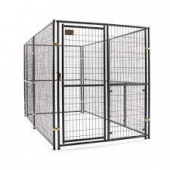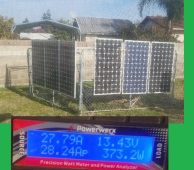Howdy,
I understand that I only get about 4.5 - 5.5 hours of solar peak power depending on the time if year for my area. Being that I want to expand my current system with adding 4-6 panels ( 4-400s watt or 6-300s watt ea. I will be using a SCC ) with a ground mount system, what methods should I take to find the ideal placement in the backyard? I do have the option to point south, south east. There are obstacles that can cast shadows more in the morning then in the afternoon, and limited areas that I can mount a system on the ground. South west there are some trees that will be to my disadvantage in the summer.
Do I mark areas that are in the sun at 10 AM and again 2 PM to see what I have an area that would be in that peak area? My house will cast a shadow in the morning.
However it is May and I would assume that will be much different in Dec. How can I account for that? Is 'noon' the middle of the peak solar time?
As always I thank you for your comments.
I understand that I only get about 4.5 - 5.5 hours of solar peak power depending on the time if year for my area. Being that I want to expand my current system with adding 4-6 panels ( 4-400s watt or 6-300s watt ea. I will be using a SCC ) with a ground mount system, what methods should I take to find the ideal placement in the backyard? I do have the option to point south, south east. There are obstacles that can cast shadows more in the morning then in the afternoon, and limited areas that I can mount a system on the ground. South west there are some trees that will be to my disadvantage in the summer.
Do I mark areas that are in the sun at 10 AM and again 2 PM to see what I have an area that would be in that peak area? My house will cast a shadow in the morning.
However it is May and I would assume that will be much different in Dec. How can I account for that? Is 'noon' the middle of the peak solar time?
As always I thank you for your comments.







